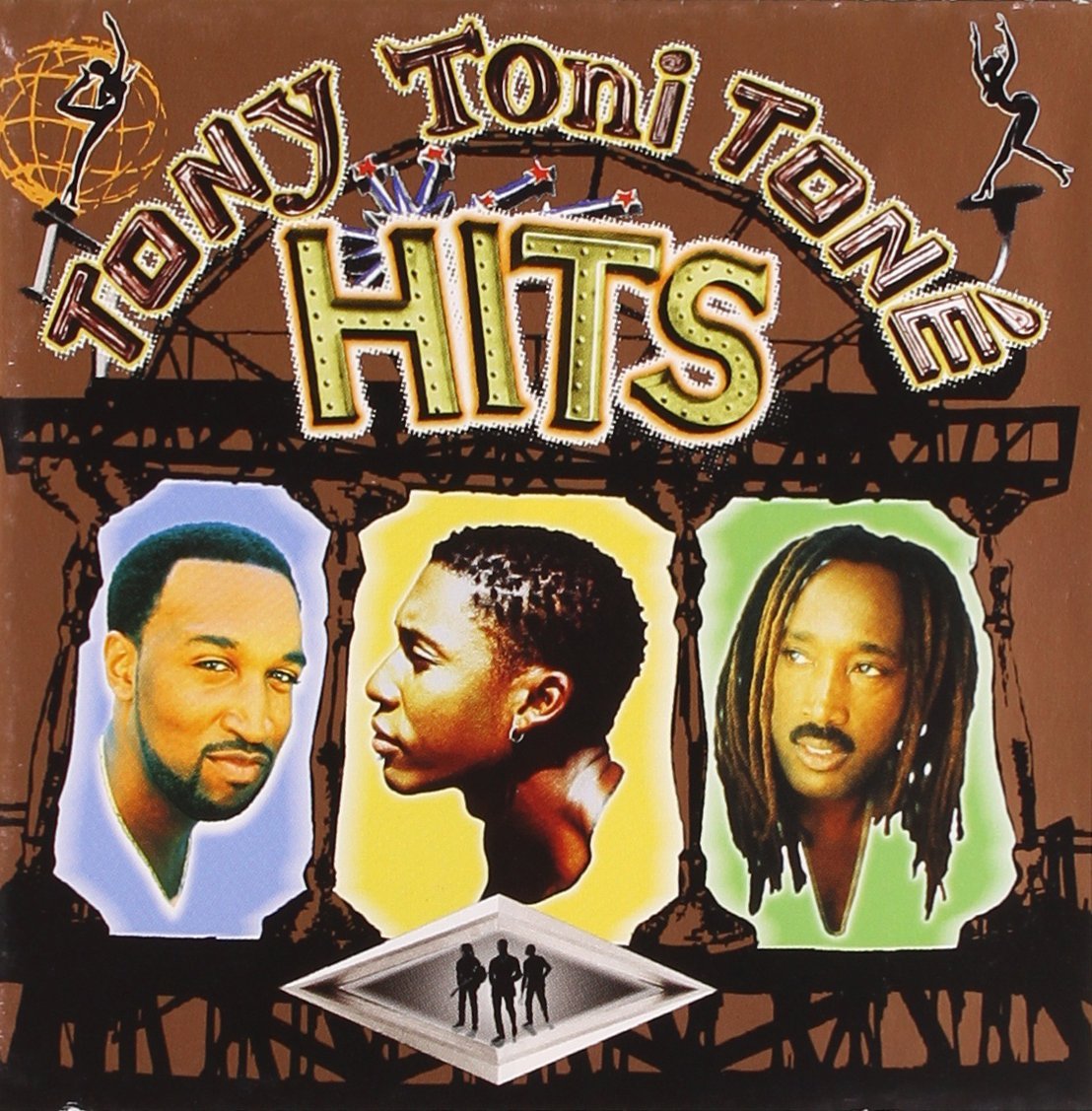This is Part 4 of a series that I’m writing this week to help you be a better speaker.
In the 90s, there was a male R&B group called Tony! Toni! Tone! I don’t remember their hits, but I remember their name, because it was easy to recall.
However, it wasn’t until I went to the record store (can you imagine how difficult it was to have to go to a store to buy music, like a freaking caveman?) that I realized that each Tony was spelled differently.
But it sounded the same.

How clever AND confusing.
As a presenter, tone is so important that I’m giving it its own article. There is so much danger in being Monotone.
Now, when you think of mono
tone, I know you think of Ben Stein (do you have dry eyes?). However, monotone is a little more subtle than just being soft-spoken or without fluctuation.
Billy Mays, a former infomercial TV star who has passed away, had an incredibly explosive tone with every single infomercial. KABOOM!
But here’s the problem. It was all the same. He was great at expression, but he slipped dangerously into the monotone category sometimes. (RIP Billy Mays).
My point is this, louder is not key; dynamic is.
Let’s talk this out.
If you are consistently loud or consistently soft, the audience is going to get lost at one point or another. This
is why we fall asleep in the back of airplane. That loud engine that made your head want to explode eventually turns into background noise after consistently listening to it.
So, what do we do?
The key is to vary how you say what you say. This is what makes a good presenter a great presenter. They control their tone of voice, and captivate the audience along the way.
Here are some quick tips.
1. Look for natural places to vary your tone. If you’re describing something “small,” for instance, use a softer tone than in a different part of your talk that would be comparing it to something “big.”
If you are telling a story about someone whispering, then you should whisper.
If you are telling a story that switches scenes, switch your tone of voice to accommodate the change. Your audience will stay on board with you.
As a presenter, you have to look for these natural opportunities to reengage. They pay huge attention dividends in the end.
2. Try speaking in a sliding scale. Start really big in the beginning of a point, then gradually quiet down as you get to the end of it. This technique forces your audience to lean in as you approach the climax of that segment of your talk.
Remember, being quiet isn’t bad, as long as it’s not constant.
3. Don’t be afraid of impressions. Every now and again, I get the opportunity to do an impression when giving a talk. I’ve found that even when I do a bad impression, it goes over better than doing no impression at all. Why? Well, because it breaks up monotony. It also gives the audience an opportunity to laugh at your sucky impression (we’ll talk about humor in another post).
So, take it away Tony! Toni! Tone! But just make sure it doesn’t sound the same.
You make an excellent point, Sam. Saying “more ‘Box Factory'” doesn’t necessarily mean louder, it means more expressive – in all directions.